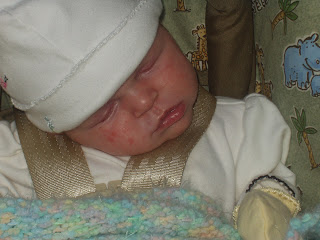

Carl Sandburg was already famous when he moved with his family to the Blue Ridge Mountains of Western North Carolina in 1945. Poet, minstrel, lecturer, biographer and Pulitzer Prize-winning author spent his lifetime championing social justice and the American people through his writings and songs. He was 67 at the time that he moved here and spent the next 22 years until his death writing at this home site where 1/3 of all of his works were accomplished. He died in 1967 and his wife sold the home to the National Park Service and donated all of the contents including his many books and reading materials. There were over 14,000 volumes in the house alone. The reason that he ended up actually in North Carolina was that Mrs. Sandburg and his youngest daughter, Hilga, needed a large farm in order to raise goats. Lilian, "Paula", Sandburg was internationally renowned as a goat breeder and was one of the outstanding pioneers of the American goat industry. The grounds here at this historical site are lovely with rolling hills, pastures and a pond along with barns to see.




















